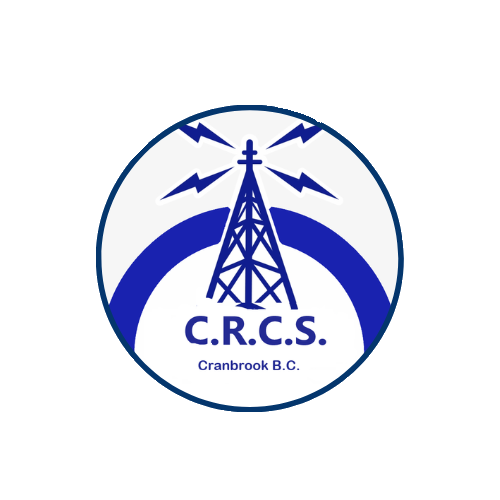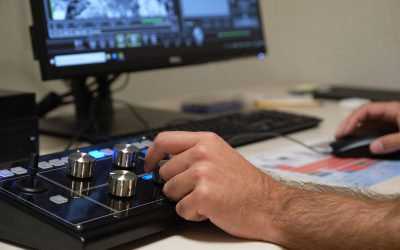In the expansive realm of radio communication, aircraft band frequencies play a critical role in facilitating air traffic control, flight operations, and aviation safety. Join us as we delve into the world of aircraft band frequencies, exploring their significance, usage, and the licensing requirements for operating in this specialized domain.
Understanding Aircraft Band Frequencies
Aircraft band frequencies, often referred to as aviation radio frequencies, are designated radio frequency ranges used for communication between aircraft and air traffic control (ATC) facilities. These frequencies enable pilots and controllers to exchange vital information such as flight clearances, weather updates, navigational instructions, and emergency communications. The most commonly used aircraft band frequencies fall within the VHF (Very High Frequency) range, typically between 118.000 MHz and 136.975 MHz, which is allocated exclusively for aviation purposes.
Importance of Aircraft Band Licensing in BC
Operating on aircraft band frequencies in British Columbia (BC) requires specific licensing and authorization from regulatory authorities to ensure compliance with aviation regulations and safety standards. The following are key licenses and certifications needed to legally operate on aircraft band frequencies in BC:
Radio Operator Certificate (ROC-A):
Individuals operating aircraft radios must hold a valid ROC-A issued by Innovation, Science, and Economic Development Canada (ISED). This certificate demonstrates proficiency in aviation radio procedures, communications protocols, and emergency protocols.
Aeronautical Radio Station License:
Aircraft owners or operators must obtain an Aeronautical Radio Station License from ISED to operate radio equipment onboard aircraft. This license ensures that radio equipment meets regulatory standards and is used for authorized purposes.
Aircraft Radio License: Aircraft registered in Canada must be equipped with authorized radio equipment and hold a valid Aircraft Radio License issued by ISED. This license authorizes the use of specific frequencies and ensures compliance with aviation regulations.
Licensing Requirements and Procedures
To obtain the necessary licenses for operating on aircraft band frequencies in BC, individuals and organizations must adhere to specific procedures outlined by ISED and Transport Canada. The following steps are typically involved in the licensing process:
Training and Certification:
Individuals seeking to operate aircraft radios must undergo training and certification to obtain a ROC-A. Training programs cover radio operation procedures, communication protocols, and emergency response.
License Application:
Applicants must submit a formal application to ISED for the issuance of an Aeronautical Radio Station License and Aircraft Radio License. The application process includes providing details of the aircraft, radio equipment specifications, and intended use of frequencies.
Compliance and Inspection:
ISED conducts inspections and compliance checks to ensure that radio equipment meets regulatory standards and operational requirements. This includes verifying radio installations, antenna configurations, and equipment performance.
Benefits of Proper Licensing
Compliance with licensing requirements for aircraft band frequencies is essential for ensuring aviation safety, spectrum management, and regulatory compliance. Properly licensed operators and aircraft contribute to efficient air traffic management, effective communication during emergencies, and overall aviation system integrity. By obtaining the necessary licenses and certifications, individuals and organizations demonstrate their commitment to safety and professionalism in aviation radio operations.
Aircraft band frequencies are vital channels for communication in aviation, enabling pilots, air traffic controllers, and ground personnel to coordinate flight operations safely and efficiently. Operating on aircraft band frequencies in British Columbia requires specific licenses and certifications to ensure compliance with aviation regulations and spectrum management guidelines. By obtaining the required licenses and adhering to regulatory standards, operators contribute to the safety and integrity of the aviation system. Join us at CRCS in exploring the world of aircraft band frequencies and licensing requirements, and discover the fascinating intersection of radio technology and aviation safety.




